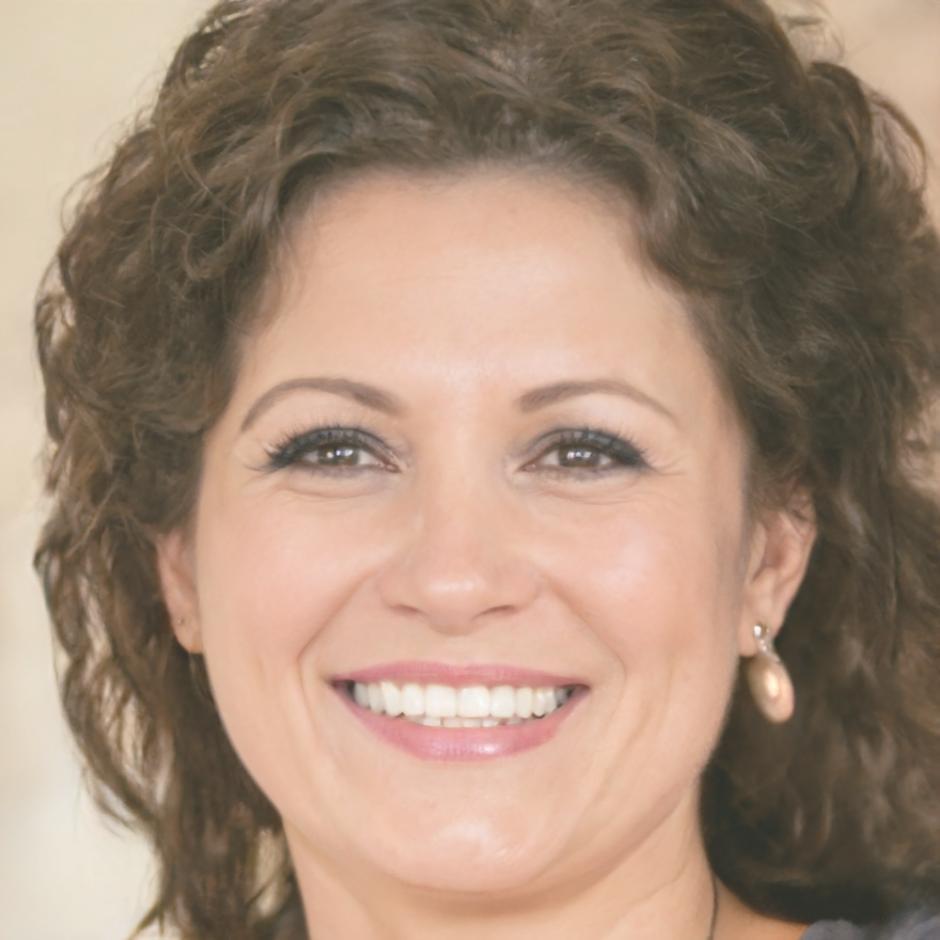Building Financial Models That Actually Work
Most people think financial modelling is just spreadsheets and formulas. It's not. It's about seeing patterns before they emerge and making decisions when the numbers tell a story others miss. We've spent years helping Australian businesses figure out where their money goes—and more importantly, where it should go next.
Finding Your Path Through Financial Complexity
Different businesses need different approaches. Here's how we help you figure out which model fits your situation right now—not what worked for someone else last year.

Where Are You Right Now?
Starting with cash flow uncertainty? Or maybe you're looking at expansion but the numbers feel fuzzy. We map out your current position first—because you can't build a model without knowing what data you actually have access to.

What Decision Needs Making?
Are you pricing a new product? Evaluating a hire? Considering office space? Each question needs its own model structure. We don't believe in one-size-fits-all templates that ignore your specific situation.

Building From Real Numbers
This is where most models fail. They use industry averages or wishful thinking. We build from your actual transaction history, seasonality patterns, and customer behaviour—then stress test everything with scenarios you haven't considered yet.

Testing Before Committing
Every model we build gets run through multiple scenarios. What happens if sales drop 15%? What if your best client leaves? We're not trying to predict the future—we're preparing you for multiple versions of it so you're not caught off guard.
What's Changing in Financial Planning for 2025
The Australian market's shifting. Interest rates are affecting decisions differently than they did two years ago. Here's what we're seeing in real client conversations.
Real-Time Data Integration
Businesses are moving away from monthly reconciliations. They want daily visibility into cash position, especially with payment terms stretching longer across industries. Models need to update automatically now.
Scenario Planning Becomes Standard
Nobody's building single-forecast models anymore. Every conversation starts with "what if" questions. We're seeing demand for models that can quickly recalculate based on changing assumptions without breaking.
Sustainability Metrics Matter
It's not just about ESG reporting requirements. Clients are asking how operational changes affect both profitability and environmental impact. This needs to be built into forecasting now, not added as an afterthought.

Who Actually Builds These Models

Sienna Blackwood
Senior Financial Analyst
Sienna works with mid-sized manufacturers around Melbourne. She's particularly good at finding cost patterns that don't show up in standard reports. Most of her work involves building custom dashboards that actually get used daily—not quarterly presentations that sit in folders.

Our Approach to Complexity
Team Philosophy
We don't believe in hiding complexity behind simple interfaces. If your business is complex, the model should show that—but in a way that helps you make decisions, not one that creates more confusion. Our team spends more time understanding your operations than building formulas.